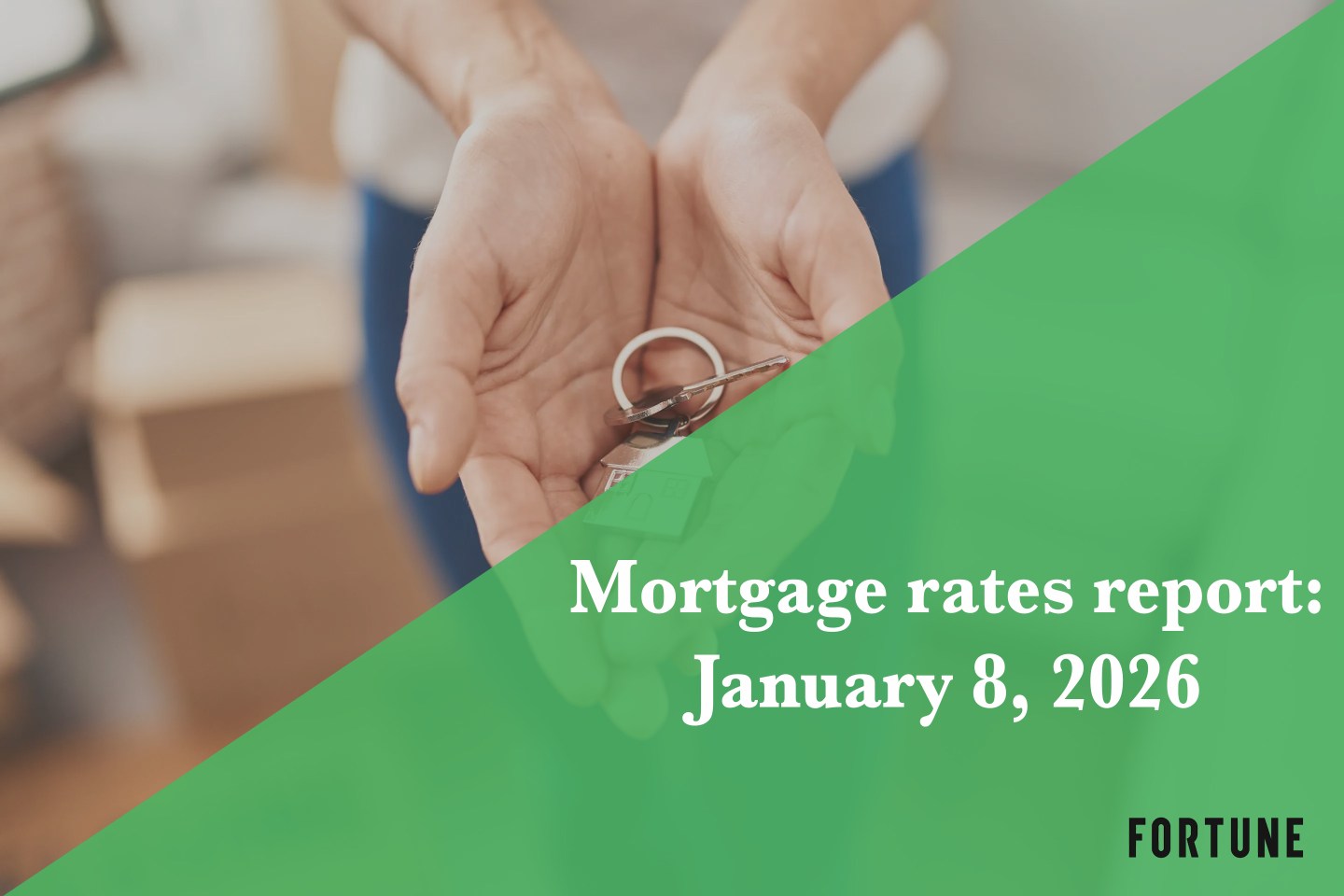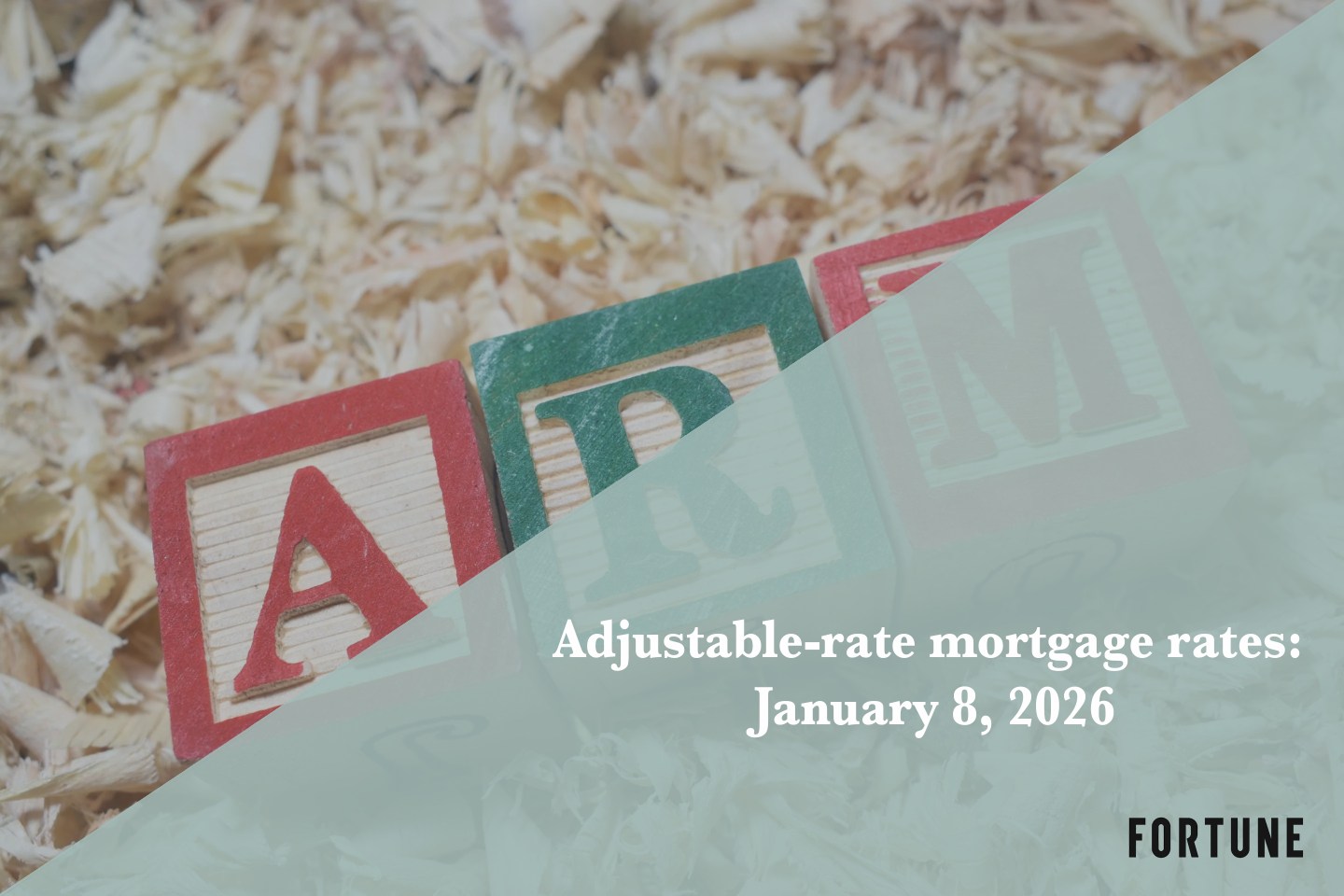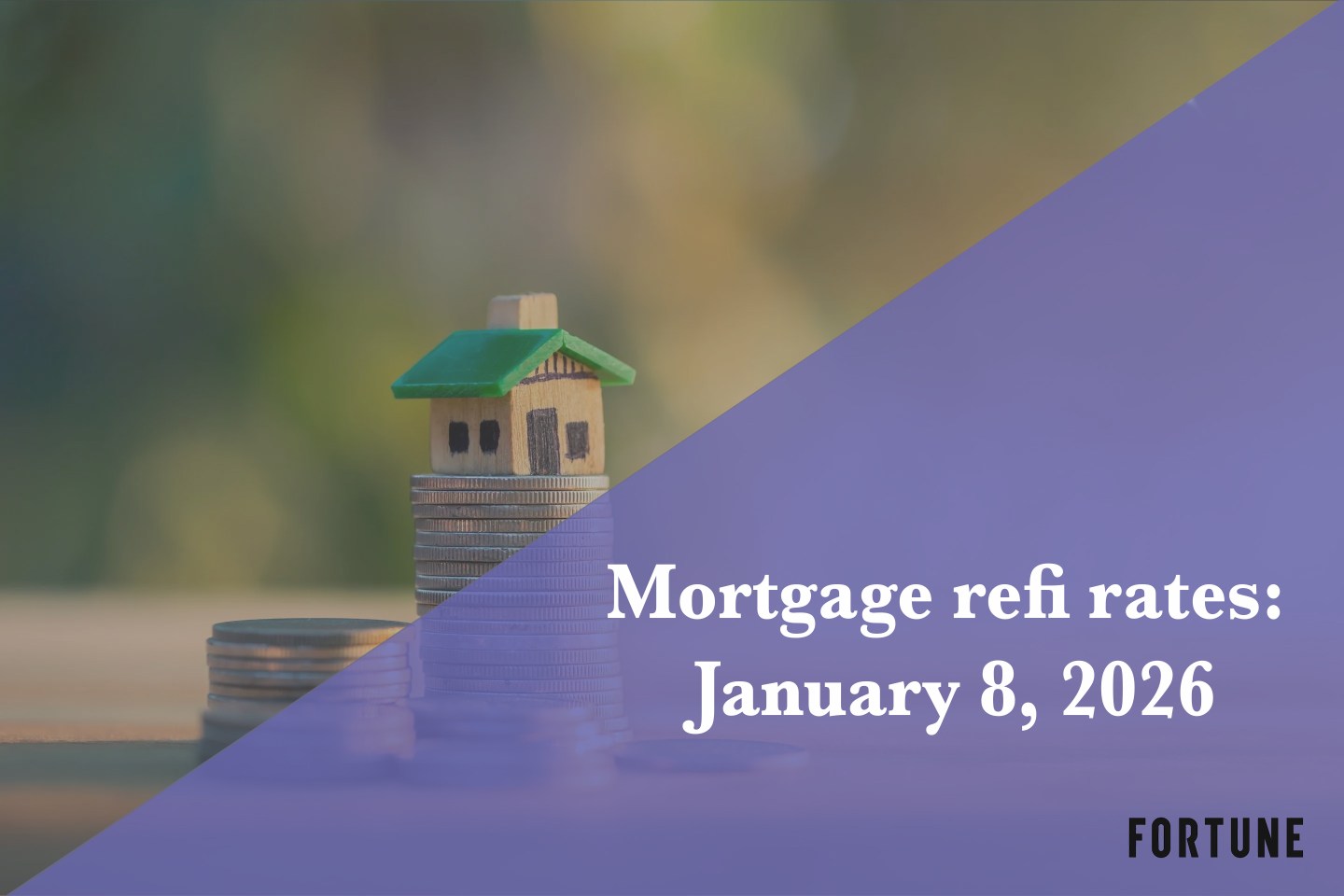The U.S. housing market has delivered plenty of surprises in recent years, but few as puzzling as the data released for August. According to new government figures, new-home sales surged to an annualized 800,000 units last month, up sharply from July’s upwardly revised 664,000 and far above the consensus forecast of 650,000. For a sector weighed down by rising mortgage rates, stretched affordability, and a cooling labor market, the number was so startling that one leading analyst called it “implausible.”
Oliver Allen, senior U.S. economist at Pantheon Macroeconomics, isn’t buying it. In a research note titled US New Home Sales: Outlook grim, despite August’s implausible leap in sales, Allen says the data “defies credulity” when set against the broader trends shaping housing. He further questioned whether the headline spike accurately reflects underlying demand, or is destined to be revised away in the coming months. Calculating it as a 20.5% jump, Allen said it’s “inexplicable” that new-home sales would jump to their highest level in more than three years all of a sudden.
When reached for comment, Allen told Fortune that while discussions about the quality of U.S. economic data have “obviously been more prominent than usual this year,” given President Trump’s firing of the chief of the Bureau of Labor Statistics, he doesn’t see the implausible August data fitting into a larger pattern. “Generally speaking, the economic data in the U.S. is very comprehensive, high quality, and the statistical agencies are very clear and open about their methods.” Still, he said the new home sales numbers are a U.S. data series “well towards the lower end of the quality spectrum,” commonly featuring huge margins of error, significant revisions, and high volatility. He said the the picture for new home sales from the National Association of Home Builders (NAHB) is usually a “far more reasonable-looking description of the likely trend.”
The NAHB, in fact, largely agreed with Allen in its response to the August data, albeit more restrained. Chairman Buddy Hughes, also a home builder and developer from Lexington, N.C., called it “a significant surge” and said it “may be subject to downward revision.” Still the association expects a general improvement in sales over the coming months, supported by mortgage rates declining somewhat. New-home sales have been buoyed by incentives from homebuilders, the NAHB said, citing recent survey data showing 37% of builders cut prices in August and 66% used some kind of sales incentive.
Headwinds still mounting
Beneath the data surprise, the structural forces bearing down on the housing market remain clear. Higher mortgage rates, tighter credit availability, and growing signs of labor-market weakness have narrowed the pool of eligible buyers. At the same time, the supply of existing homes on the market continues to recover after years of scarcity, intensifying competition for homebuilders already under pressure to move inventories.
The stock of unsold new homes remains historically elevated, hitting its highest point since 2016 as of June, per the Bank of America Institute. New-home supply had surged by that point to 9.8 months—its highest point since 2022. ResiClub co-founder Lance Lambert, who closely follows data releases from public homebuilders and collects his own proprietary housing data, told Fortune in July that rising inventory means homebuyers were gaining leverage.
The government report also showed a sharp monthly spike in the median sales price of a new single-family home. But Allen cautions against reading too much into that, noting the series is not seasonally adjusted and is prone to volatility. On a seasonally adjusted three-month basis, median prices continue to trend lower, suggesting discounting pressure is already emerging.
Look at the larger trend
Most economists now expect August sales to be revised significantly lower. Pantheon Macroeconomics projects the data will track back toward the 650,000 range in coming months—possibly falling below that threshold—as supply and affordability challenges reassert themselves.
When reached for comment, Lambert told Fortune he largely agreed with Allen regarding the August data, saying the data “seems to be suspect,” citing what public homebuilders are reporting and the data that ResiClub is collecting itself. “Most of the monthly Census homebuilder reports have a margin of error around 10% to 20%,” Lambert said. “Often really big one-month swings in that data end up being data noise. The best way to read this data is to take each individual monthly report with a grain of salt and zoom out and observe the trend.”
And what trend is that? Lambert says to pay attention to the Sun Belt, which he called “the epicenter of U.S. homebuilding.” Agreeing with the NAHB survey, Lambert said softening in the Sun Belt over the past year has caused many homebuilders to offer bigger incentives and even outright price cuts to prevent a steeper pullback in new-home sales. “New-home sales have been moving sideways this year; however, if you peel back the onion, things are much choppier than headline new home sales data suggests.”
[This report has been updated with additional comments from Oliver Allen of Pantheon Macroeconomics and to remove the implication that Lance Lambert saw any potential increase in activity as a result of homebuyers gaining leverage in July.]












